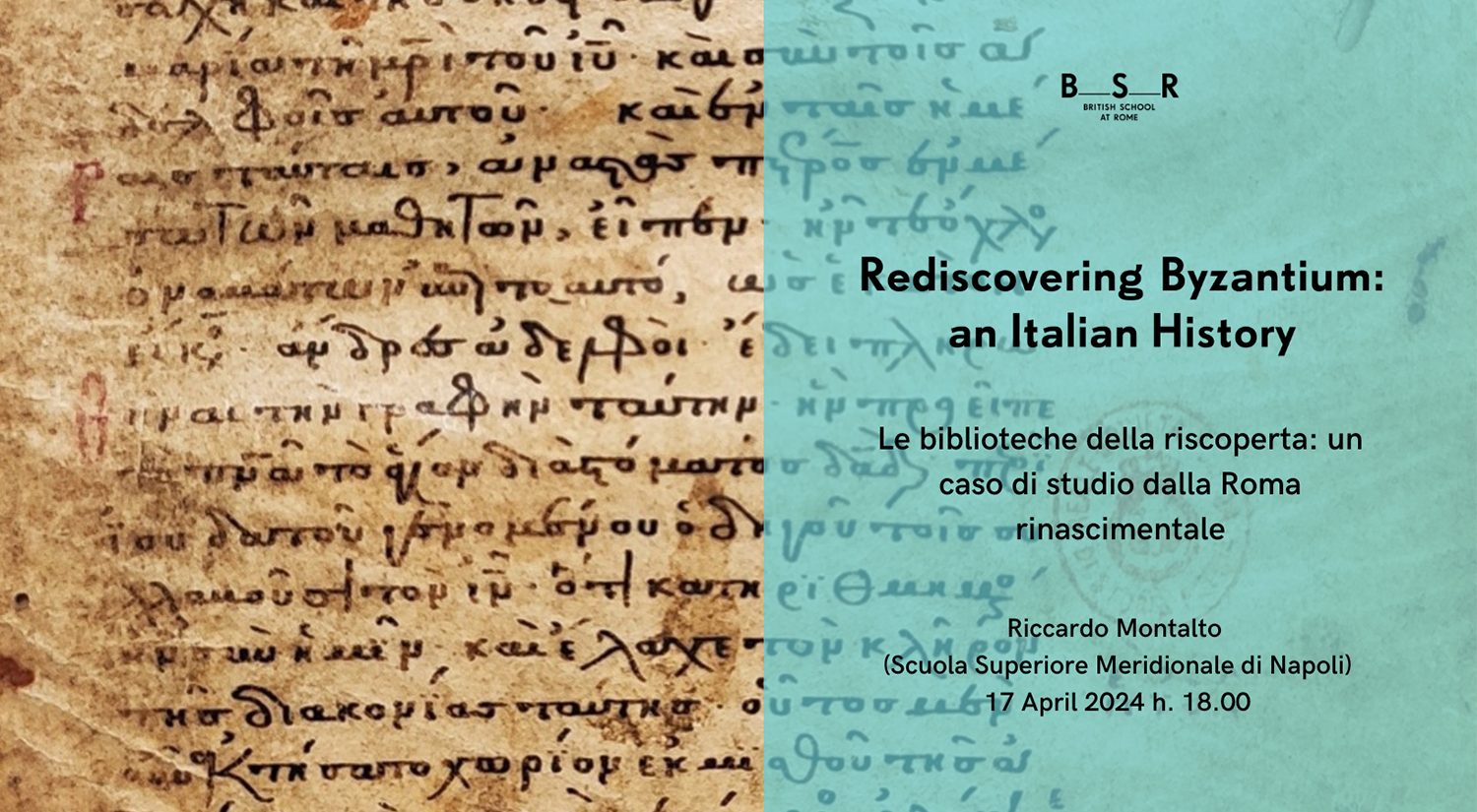Launched in 2019, the Rome Transformed Project is investigating the Eastern Caelian, from the period of the Principate of Augustus to the Pontificate of Leo III. Drawing upon a range of advanced recording techniques, traditional archival research and documentation, the project aims to assess Rome’s place in cultural change across the Mediterranean world by mapping political, military, and religious changes to the Caelian hill over a period of eight centuries.
A significant part of the programme is the investigation of 12.5 hectares of central Rome using geophysical prospection, comprising parks, private gardens, piazzas and the principal throughfares around the Caelian. The project has brought together a large team of specialists from the British School at Rome, the Consiglio Nazionale delle Ricerche and GeoStudi Astier to apply a range of techniques, from an examination of the near surface through to an analysis of the underlying morphology of the area inside the Aurelian walls.
This paper will discuss the first result of these surveys, drawing upon surveys conducted inside the grounds of Villa Wolkonsky, the amphitheatre Castrense and around the Basilicas of San Giovanni in Laterano and Santa Croce in Gerusalemme.
This event will be in English.
CITY OF ROME LECTURE SERIES
Stephen Kay is the Archaeology Manager at the British School at Rome, a Visiting Researcher within the School of History, Classics and Archaeology at Newcastle University, a Visiting Academic in the Department of Archaeology, University of Southampton and a Fellow of the Society of Antiquaries.
He has been a practicing archaeological geophysicist since the late 1990s when he began surveying as part of an extensive project studying Roman towns in central Italy. Since 2004 he has worked for the BSR and University of Southampton on geophysical surveys throughout Italy, the Eastern Mediterranean and Africa. He has published widely on geophysical prospection and classical archaeology, with a principal focus on geophysics applied to Roman urbanism in central Italy.
He has recently directed archaeological excavations at Pompeii (Porta Nola), Segni and at Matrice in the Molise. In 2022 he will lead, together with the BSR Assistant Director of Archaeology Emlyn Dodd, and with colleagues from the universities of Toronto, Harvard, Ghent and Florence new excavations at the Roman town of Falerii Novi.
The paper will discuss the results of the geophysical research being undertaken as part of the Rome Transformed Project, a 5-year ERC funded project led by Newcastle University, the British School at Rome, Università degli studi di Firenze and the Consiglio Nazionale delle Ricerche.











